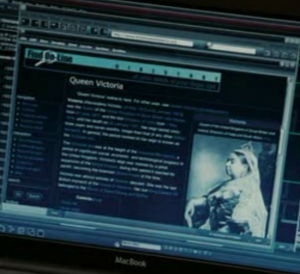The Green Line rolling stock (that means “trains”) includes two different types of car:
- The Type 7 car, manufactured by the Japanese firm Kinki-Sharyo starting in 1986
- The Type 8 car, manufactured by the Italian firm Ansaldobreda starting in 1999
The newer cars, although cleaner and more “modern,” are worse.
Their big attraction is that the floor in the center is lower, so with only slightly elevated platforms passengers in wheelchairs or with strollers can roll on and off easily. There’s also space to park those wheelchairs and strollers right beside the door. (Older cars inexplicably put that space halfway between doors.)
These are absolutely admirable features, for which the T (and Ansaldobreda) should be congratulated. The Type 8 cars are still inferior.
Just watch savvy commuters when a train arrives with one car of each type. This morning, every single person at my stop literally ran from the Type 8 car that stopped directly in front of us to the Type 7 car behind it. That was a bit extreme, but seeing people favor the older cars is entirely common.
Why?
Let’s start small: the older cars have more seats. They have 46, to be precise, of which eighteen are single seats (the rest are pairs). The newer cars have 40 total, and only four singles (the rest are long benches in each section of the car). But that’s just being petty. More people can stand than sit on just about any subway car, so the real problem is with the “standing space” configuration.
First, there are wide expanses of open space by each door with limited handholds. Nobody can balance there when going around sharp corners, and it’s potentially dangerous during a collision.
Second, most seats face across the train (not forward and backward), so people’s legs are in the aisle. That’s fine on a wider “heavy rail” subway car (like the Red Line, or in New York), but in the narrow “light rail” cars people are reluctant to stand two-across in that space.
Third, there are too many “choke points.” People stick to the walls of a subway car like cholesterol to an artery. Take a look at the car. After boarding, a lot of people won’t walk down the steps, so the front portion of the car clogs quickly. If you get through that, you next encounter the narrow middle portion, where people also stop, further blocking the aisle. Then there’s another staircase, which keeps people from utilizing that “back deck” even on some very heavy trips.

Standing Space in the Type 8 Car
In a perfect world, everyone would move out of the way, and let new people aboard. In the real world, cars need to be designed to facilitate boarding despite inconsiderate or unaware passengers.
We could forgive these failings if the cars were more reliable or safer, but they derailed and broke down so often when they first started running that the T has since declined to buy anything else from Ansaldobreda.
We’ll pretend the mechanical failings are why we dislike the newer cars so much, but the reality is: we just don’t like them. To the T: until you can replace the fleet with better vehicles, at least keep running two-car trains with one car of each type. We’ll be happier that way.

